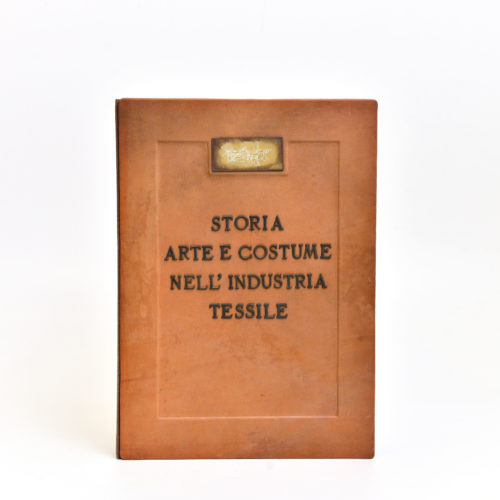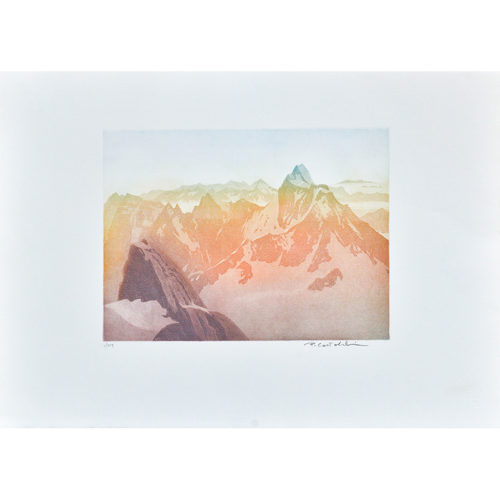Wonderful collection numbered 129 out of 150 copies, of images by great Italian artists including A. Pomodoro, E. Baj, A. Bueno and many others
43 plates with images of the fabric manufacturing over the centuries, enclosed in a leather folder in excellent condition.
Period: 20th century
Measurements: H 50 x L 35 cm

